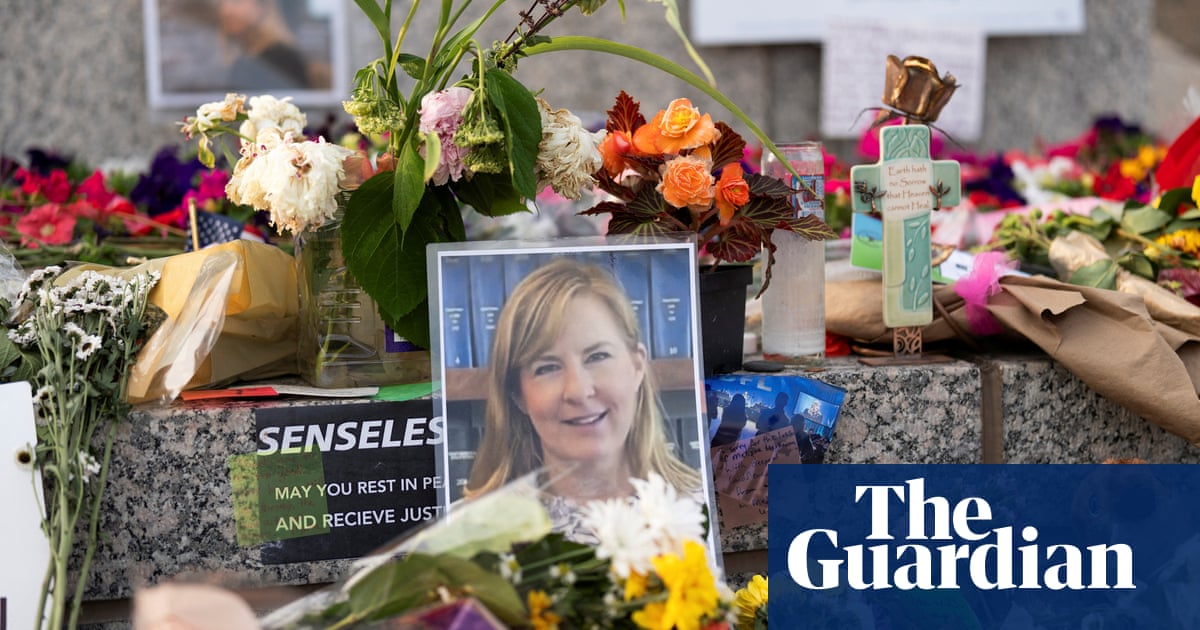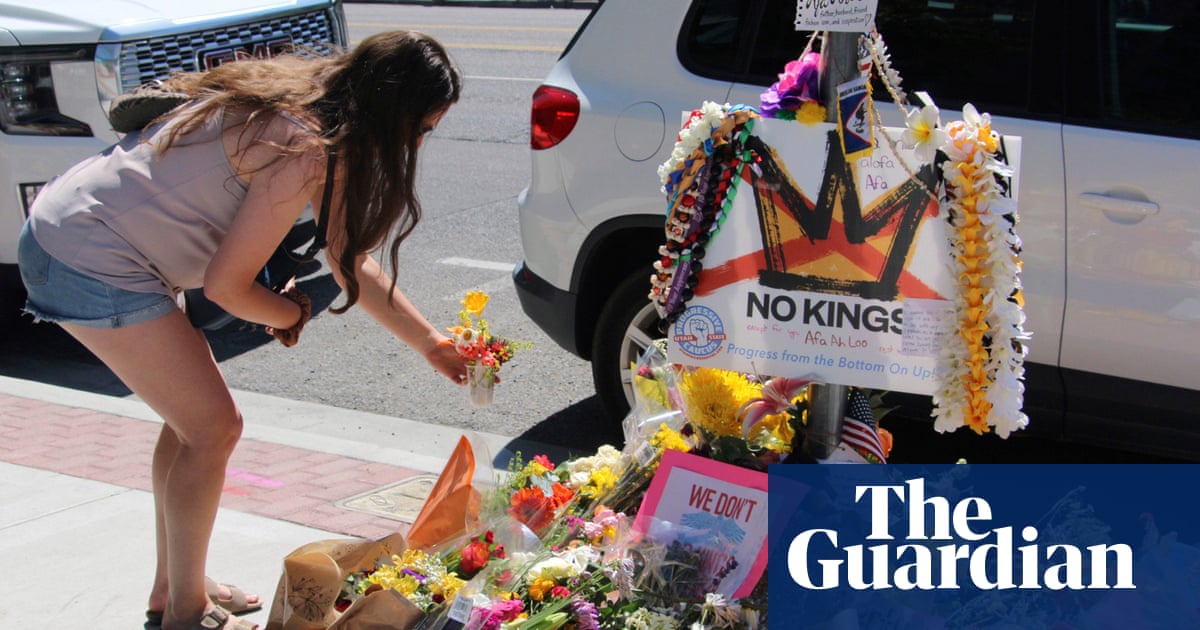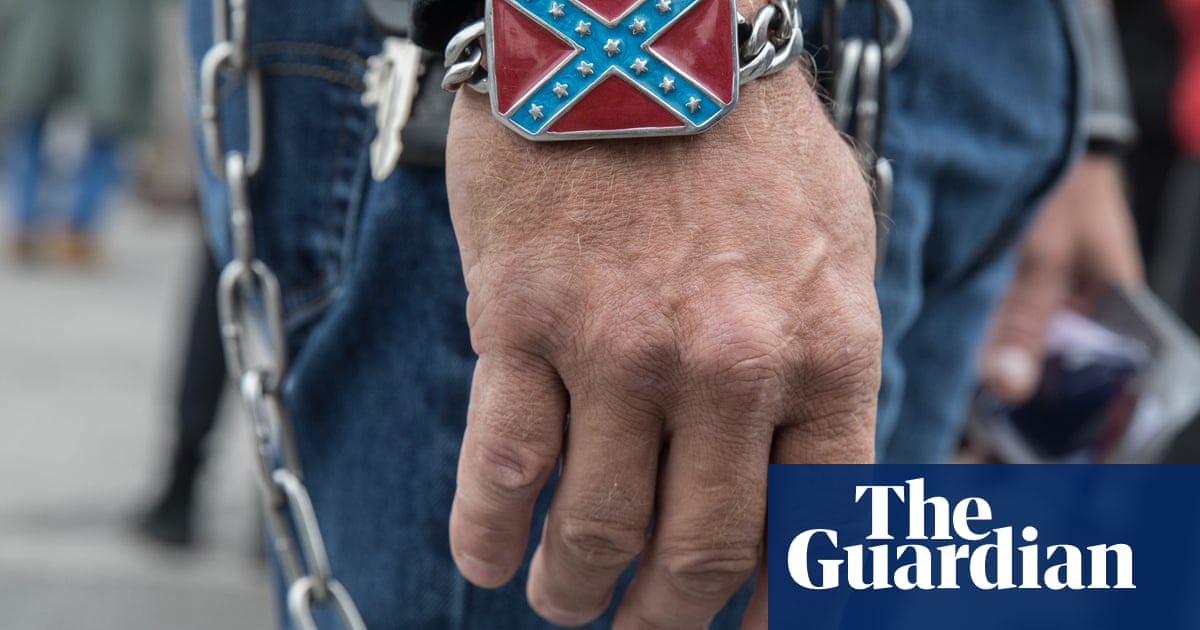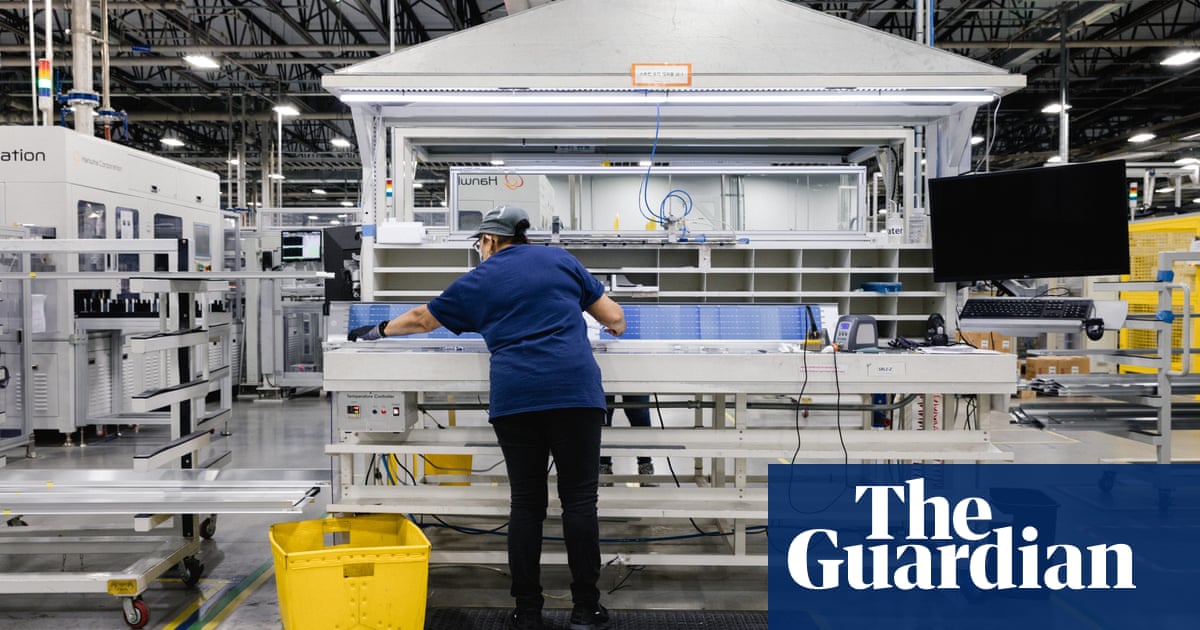Twice in the past two weeks, communications between air traffic controllers and airplanes at Newark Liberty, one of the US’s busiest airports, have failed – leaving controllers unable to communicate with pilots.
The outages have, thankfully, only led to massive delays, not disaster. But they have also once again focused a harsh light on the persistent safety problems at US airports, which handle over 50,000 flights a day.
As a result of that estimated 90-second communications breakdown on 28 April, many air traffic controllers said they felt traumatized, and thousands of passengers suffered from the hundreds of canceled and delayed flights. A brief radar outage on Friday morning left radar screens black for another 90 seconds – underlining a growing crisis.
Political leaders were quick to criticize the rickety state of the air traffic system. Senator Charles Schumer of New York said the Federal Aviation Administration (FAA) was “really a mess”, while New Jersey’s governor, Phil Murphy, decried “decades of underinvestment” in air traffic control infrastructure, “delays” in modernizing technology, and “inadequate air traffic control staffing”.
The transport department’s inspector general has found that at 20 of the nation’s 26 most critical airports, air traffic control staffing falls below the 85% minimum level, with many controllers forced to work 10-hour days and six-day weeks. After the communications breakdown in Newark, several air traffic controllers there was so shaken that they went on “trauma leave”, leaving that airport even more understaffed.
The Trump administration moved swiftly to respond after the alarming episode at Newark. On Thursday, Sean Duffy, the secretary of transportation, unveiled a plan to build a new state-of-the-art system that would overhaul the technology used by the nation’s air traffic controllers. Duffy said his plan would replace “antiquated telecommunications, with new fiber, wireless and satellite technologies at over 4,600 sites”.
“A lot of people have said: this problem is too complicated, too expensive, too hard,” Duffy said on Thursday. “But we are blessed to have a president who actually loves to build and knows how to build.”
Airlines and the air traffic controllers’ union applauded Duffy’s proposal, but several airline industry experts voiced fears that it would fall short, as have many past plans to fix the system. In a statement, the Modern Skies Coalition, a group of industry associations and experts, said: “We are pleased that the secretary has identified the priorities of what must be done to maintain safety and remain a leader in air navigation services.”
The air traffic control system has been through some tough months. In January, a commercial jet collided with an army helicopter near Reagan Washington National airport, killing 67 people in the deadliest aviation disaster in the US since 2001. Trump upset many aviation industry experts and outraged many Americans when he, even before an investigation was begun, rushed to blame the crash on diversity, equity and inclusion.
On 1 May, another army helicopter forced two flights to abort their landings at Reagan airport. Newark airport has suffered at least two other similar communications breakdowns since last August. A New York Times investigation in 2023 found that close calls involving commercial airlines occurred, on average, several times each week – with 503 air traffic control lapses occurring in the 12 months before 30 September 2023.
For some these latests issues are part of a much older story. “The system’s staffing problems started when Ronald Reagan fired over 10,000 air traffic controllers,” after they went on strike in 1981, said Sara Nelson, president of the Association of Flight Attendants.
“And those problems were worsened by his pushing the hatred of government and the dismantling of government. That’s what’s put us on the track to where we are today. There were budget cuts and tax cuts for the rich, and all that stopped us from doing the infrastructure projects and hiring and training that we needed to have a stable system.”
The nation’s air navigation system has just under 10,800 certified controllers, but their union, the National Air Traffic Controllers Association, says there needs to be more than 14,300, the number recommended by an arm of the FAA, called the Collaborative Resource Workgroup. There are over 2,000 controllers in training, and the union has urged the Trump administration to increase the number in the pipeline. Training usually takes 18 to 24 months, and getting up to speed to work at the most demanding airports such as JFK and Newark can take more than three years.
“There is a shortage of controllers nationwide, but not to the degree it’s occurring at Newark,” said Jeff Guzzetti, an industry consultant who was an investigator for the FAA and National Transportation Safety Board.
“There’s been a shortage of controllers for years, if not decades. That shortage was exaggerated by Covid; they couldn’t conduct training for new controllers. Beyond that, they’ve always had a problem finding the right people with the right skills to control traffic and to get people to pass the course work at the training academy and then to get them up to speed.”
Many trainees drop out and don’t pass their exams, and many controllers don’t stay in the job because it is so stressful. In recent years, the number of controllers has been relatively flat. The total has declined by 10% since 2012 due to retirements and trainees failing to finish their requirements.
“It’s not only the shortage of air traffic controllers. It’s antiquated facilities and equipment and software,” Guzzetti said. Many facilities still rely on floppy disks and copper wire.
He said: “It’s all coming to a head now in New York and Newark. Newark has always been the worst in terms of air traffic staffing and modernizing its equipment.”
Last September, the Government Accountability Office said the FAA needed to take “urgent action” to deal with its antiquated air traffic control systems. It said 51 of the FAA’s 138 air traffic control systems were unsustainable.
On Thursday, Duffy did not say what his modernization plan would cost. The House transportation and infrastructure committee says it would cost $12.5bn to overhaul the air traffic control system, but Duffy says his plan would cost more than that. “Decades of neglect have left us with an outdated system that is showing its age,” he said. “Building this new system is an economic and national security necessity.”
On May 1, Duffy announced a related plan filled with incentives that he said would “supercharge the air traffic controller work force.” It includes $5,000 bonuses to new hires who successfully finish the initial training.
Joseph McCartin, a labor historian at Georgetown University who wrote a book about the 1981 air traffic controllers’ strike, said that ever since Reagan fired 11,345 striking controllers, “the system has been out of sync”.
“The natural rhythm of the system broke down and we never fully recovered,” he said. “We’ve improved over time, but the FAA still has grave difficulty staffing facilities.”
McCartin added: “[Elon Musk’s] Doge has made things only worse. The entire system that federal employees operate under has been terribly destabilized. The FAA exists in a world where this entire project of the federal government is teetering.”
Robert W Mann Jr, an aviation industry analyst, said that for 40 years there have been FAA reauthorizations approved by Congress, but they haven’t fixed the problems. “Unless you do it right, it doesn’t make a difference what you spend,” he said. “You won’t have solved the root causes.”
Nonetheless, Mann said he remained confident about airline safety. He said: “There’s a primacy in this business. Whether you’re working at airlines or the FAA, safety is the first thing.”
Mann said that days when an airport faces severe understaffing of air traffic controllers or a crush of airplanes eager to take off as bad weather lifts, there will often be delays to ensure safety. “I’m not worried about safety,” Mann said, “but I might be worried that my flight will be four hours’ late.”
Nelson, the flight attendants’ president, said that the US should be thankful to air traffic controllers because their job is so hard, stressful and important. “They should be commended for working in a system that’s crumbling,” she said. “They’re the ones we all need to applaud right now. They’re like the nurses during Covid, when everyone came out at 6 o’clock to bang pots and pans.”
A big question now is whether Congress will approve the money for Duffy’s ambitious modernization plan. Nelson said: “I hate to say we’re a canary in the coalmine, but those of us in the airline industry have known for a long time that a lot of this [the air traffic control equipment] has been a problem. What happened in Newark is a sign of what will come in other airports if we don’t get the budget we need.”

 1 month ago
35
1 month ago
35

















































